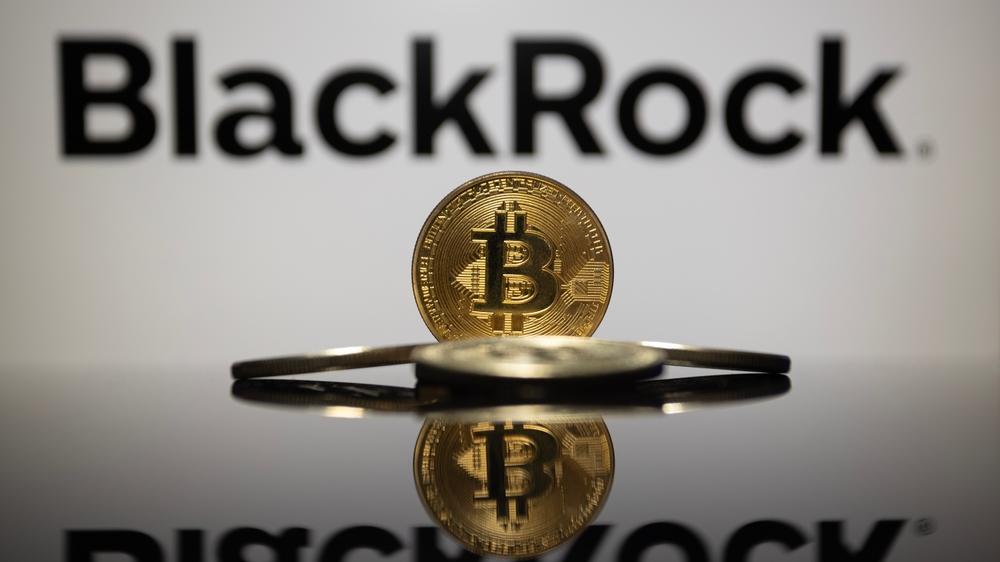Data Gumbo Corp., a U.S.-based blockchain startup, has raised $6 million in a Series A equity funding round co-led by Saudi Aramco Energy Ventures, the venture subsidiary of Saudi Aramco, and Equinor Technology Ventures, the venture subsidiary of Norway’s leading energy operator Equinor.
Founded in 2016, Data Gumbo has developed a Blockchain-as-a-Service (BaaS) platform to streamline smart contracts management for industrial customers. Last August, it raised $1.35 million in a seed round. The latest round brings Data Gumbo’s total funding to date to $9.3 million.
The company plans to use the new capital to expand its commercial blockchain network and to make new hires in the technical, sales and marketing teams at its Houston headquarters and office in Stavanger, Norway.
Andrew Bruce, CEO of Data Gumbo, said that the company enabled the application of blockchain technology in the offshore drilling industry.
“Blockchain will have a major impact on the oil and gas industry - and all global industries - and we will lead the charge in its broad adoption for sweeping operational improvements,” he said. “The partnership with Equinor and Saudi Aramco, and their associated supply chains and partnerships, will provide the momentum for the Data Gumbo BaaS network to gain critical mass.”
Each company in the oil and gas supply chain have different interpretations of the data, and when it comes to payments, filings and audits, there are significant delays and disputes. Data Gumbo addresses these challenges with its BaaS network and smart contract technology, facilitating automated calculation, reconciliation and payment of invoice line items in near real-time with total transparency.
“Distributed ledger technologies have the potential to bring win-win efficiencies between industrial companies and their suppliers, and Data Gumbo is at the forefront of introducing this innovation,” said Daniel Carter, senior investment director, SAEV. “While they have started in the energy sector, Data Gumbo’s platform has broad industrial applicability.”


























Comment 14